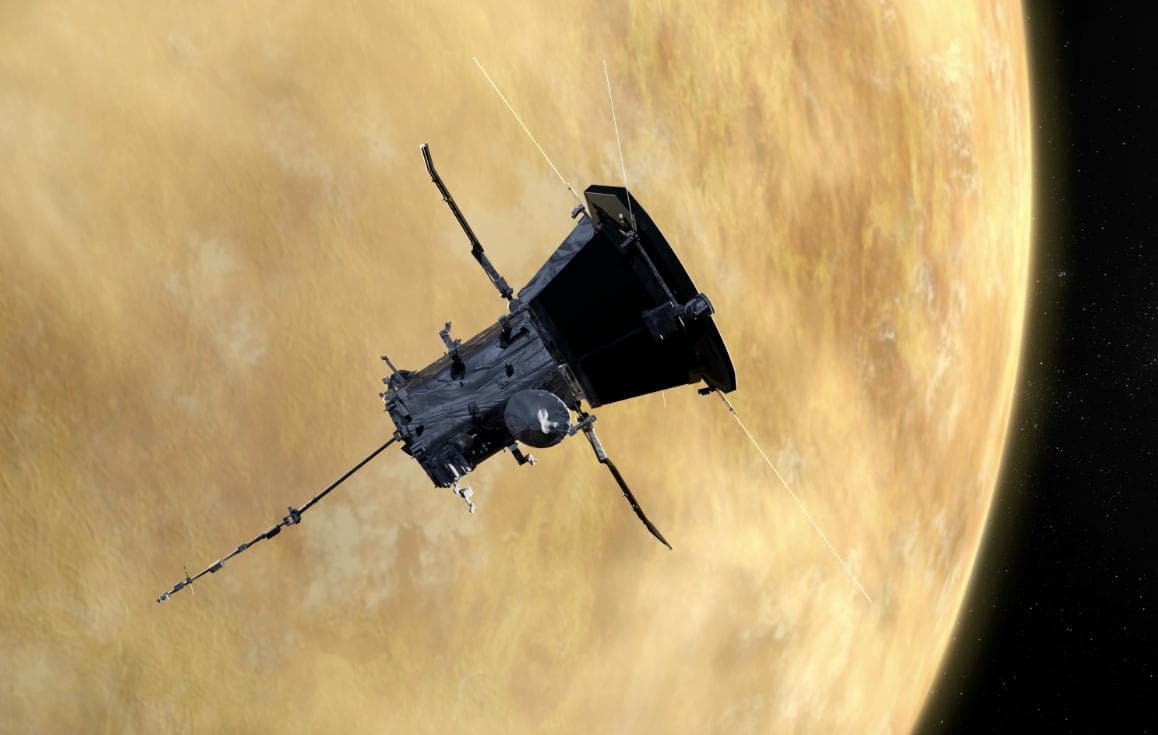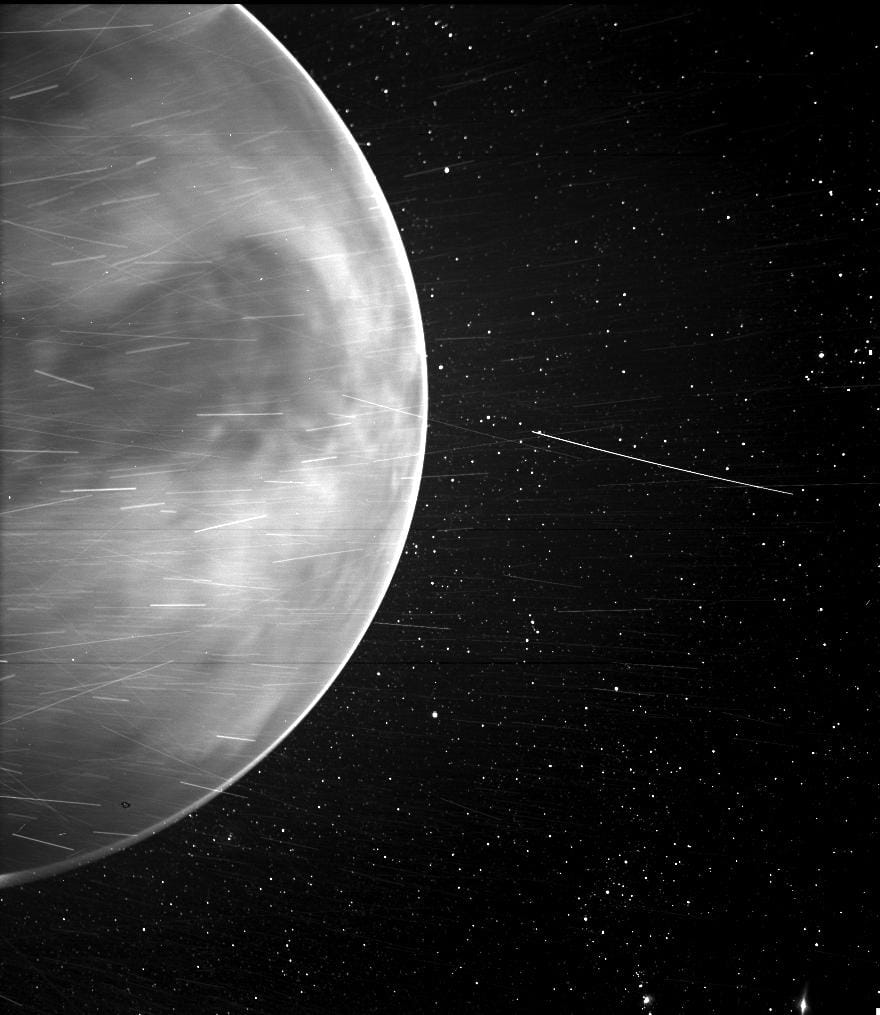The Parker Solar Probe (PSP) has made a successful course correction. It aimed the probe at the right point in the vicinity of Venus, necessary to perform a gravitational maneuver.

PSP was launched in 2018. The main purpose of its mission is to explore the upper layers of the Sun’s atmosphere. In order to get as close as possible to the star, the spacecraft periodically makes flights of Venus, using its gravity to reduce the perihelion of its orbit.
At the moment, the PSP has completed five of the seven planned maneuvers. The sixth visit to Venus will take place on August 21. The probe will fly at a distance of 3,900 km from its clouds. This visit will reduce the perihelion of the spacecraft to 7.2 million km, which will be a new record. For comparison, Mercury never gets closer to the Sun than 46 million km. At the moment of perihelion, the PSP will move at a speed of 177.7 km relative to the Sun, which will also become a new record for space technology.
In preparation for the upcoming maneuver, mission specialists adjusted the course of the probe. On August 3, it activated its engines for 4.5 seconds. This made it possible to correct its trajectory by 123 km and accelerate by 1.4 seconds the moment of passing the point of maximum approach to Venus. This will allow the PSP to make the most of the planet’s gravity.

Since the PSP was created to study the Sun, the study of Venus is not its main task. Nevertheless, the spacecraft will carry out a number of scientific measurements during the upcoming meeting, which may be of significant value to scientists.
Recall that during the previous rendezvous, the probe managed to capture the signals emitted by the ionosphere of Venus, take pictures of its clouds and even record the faint glow produced by the incandescent surface of the planet. In addition, PSP managed to photograph a dust ring in the orbit of Venus, which previously escaped the gaze of astronomers.
According to https://blogs.nasa.gov
Follow us on Twitter to get the most interesting space news in time
https://twitter.com/ust_magazine
